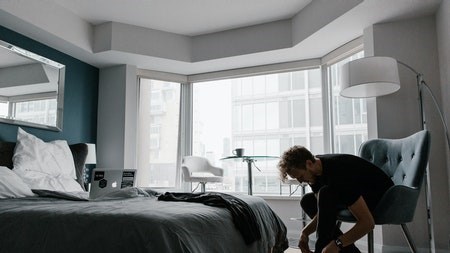Light plays an important role in creating a comfortable environment, helping to regulate your body clock, improve concentration, and create a calm, welcoming atmosphere.
Health benefits of natural light include:
Boosts serotonin and Vitamin D levels – essential for well-being.
Boosts your immune system.
Boosts your ability to deal with stress.
Lowers blood pressure.
Helps regulate circadian rhythms - the inner clock that tells you when to sleep and when to be awake. If you have too little or too much light or darkness your body clock will go out of kilter, putting you in danger of sleep deprivation.
Decreases depression and increases cognitive performance such as reaction time and being active.
Stimulates appetite and improves digestion.
Natural light is also better for indoor plants and will reduce the production of harmful bacteria and organisms that can grow in any home. This is due to the ultraviolet rays from the sun, which are naturally antiseptic.
Strategic natural lighting can also reduce energy costs as it helps heat or brighten a space without using gas or electricity. Taking these factors into account, it is not surprising that sustainable home design focusing on the health of inhabitants and that of the planet includes maximising natural lighting.
Structural changes
Adding a window or door to the side of the room that gets the most sunlight can transform a previously dark room into a light, bright space.
Skylights in a rooftop will allow natural light to flood into a previously dingy space.
Wherever possible use glass doors or doors with windows.
Taller windows will allow light to penetrate deeper into a room.
Replace wall space with glass blocks.
Install horizontal windows high up on north-facing walls to maximise light without sacrificing privacy.
Fast fixes
To maximize natural lighting without major renovations:
Rearrange furniture so that it doesn’t block windows or glass doors.
Paint interior window frames white to amplify reflected light.
Strategically place mirrors to reflect natural light.
Replace heavy drapes with sheer curtains or vertical blinds that can be positioned to allow in the desired amount of light.
Keep windows clean to allow as much light in as possible.
Lighter shades of paint on walls, floors, ceilings, and furnishings will make a room brighter, reflecting light inside the space.
Cover floors with large, bright area rugs.
Correctly positioned mirrors or shiny objects can make a room look bigger and brighter.
The guidelines listed above if well implemented will help you have a bright home or room with amazing health benefits.



